I love a point & shoot film camera, and generally find a lot of joy shooting many of them, regardless of how good or bad they are. But if there’s one that sticks in my mind from the earlier days of writing this blog it’s the Ricoh FF90. There was something about the unmistakable and strong 1980’s styling combined with the excellent lens quality that meant that I really enjoyed both the shooting of it and the results I got.
Of course, like the majority of cameras I shoot, it was mostly for the sake of writing about it, so after I shared my thoughts the camera was eventually moved on. It did stick with me though, so at some point since then, I re-bought it in the form of the slightly updated FF90 Super. The only difference I can recall between these cameras is that the earlier one takes slightly more affordable batteries (AA I think), so if you want to read my more broad thoughts about this camera and the result you get without a teleconverter, you can find them here. There’s also a review specifically about this Super version from Adam Smith here.
The teleconverter was sent to me as a gift ages ago, so it’s a bit embarrassing how long it’s taken me to shoot with it – I got there in the end though… (Sorry Tom). The converter in question is the Ricoh TC-9, it’s a clip-on unit that affixes to the inside of the lens door at the front of the camera and then has a part that folds over the top of the camera and clips over the back edge. It doesn’t look like it would be particularly secure – or feel it when mounting – but actually, once it’s attached it holds quite nicely.
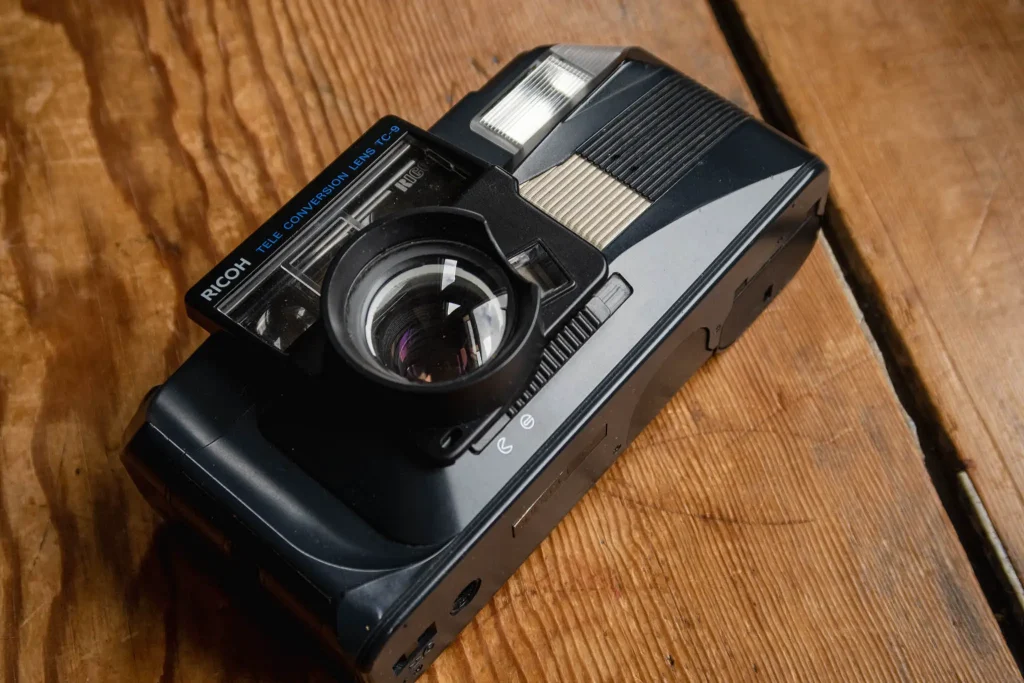
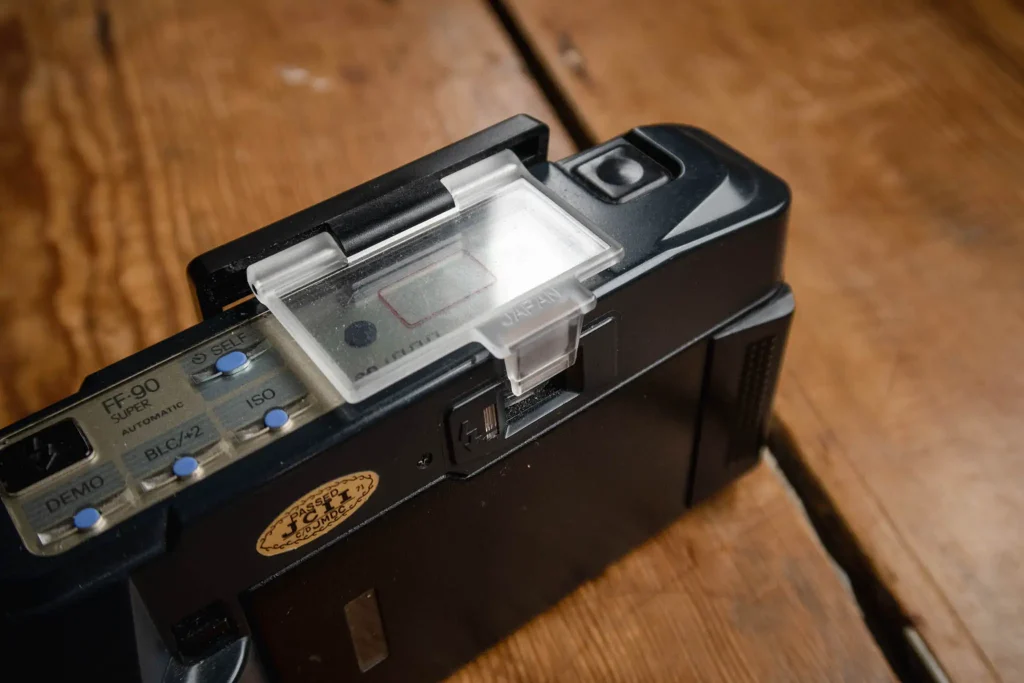
The converter lens seems like it’s around 1.4x mag giving approximately 50mm equivalent framing. This was of particular interest to me, as I’ve always liked the idea of a fixed 50mm point and shoot camera. The adapter also includes a part that sits in front of the viewfinder with the tighter frame lines required for framing – though they’re so vague, it’s hard to see what’s inside the frame and what’s not.
With the quality of the lens in the camera itself, I had reasonably high hopes that the converter would do a fairly good job. Unfortunately, those hopes were ill-founded. As is quite often the case with teleconverters of this nature, it’s absolutely killed the lens behind it. What was once a sharp wide-angle lens that was capable of producing crisp results is now a slightly longer lens with soft results that are slightly smudged into the corners and suffers from distortion and flare.
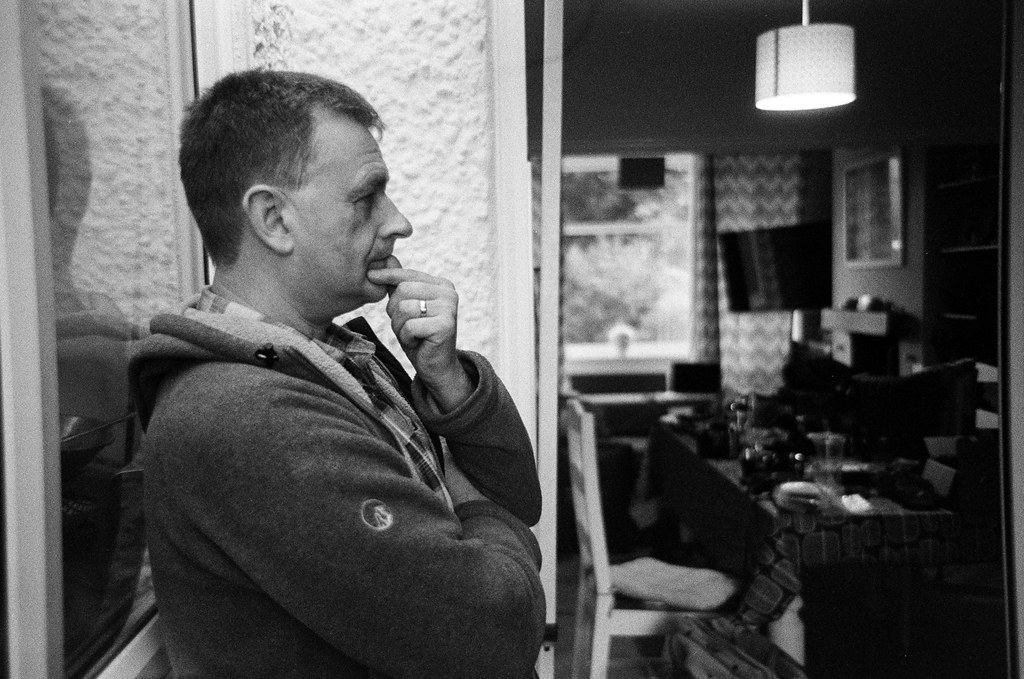
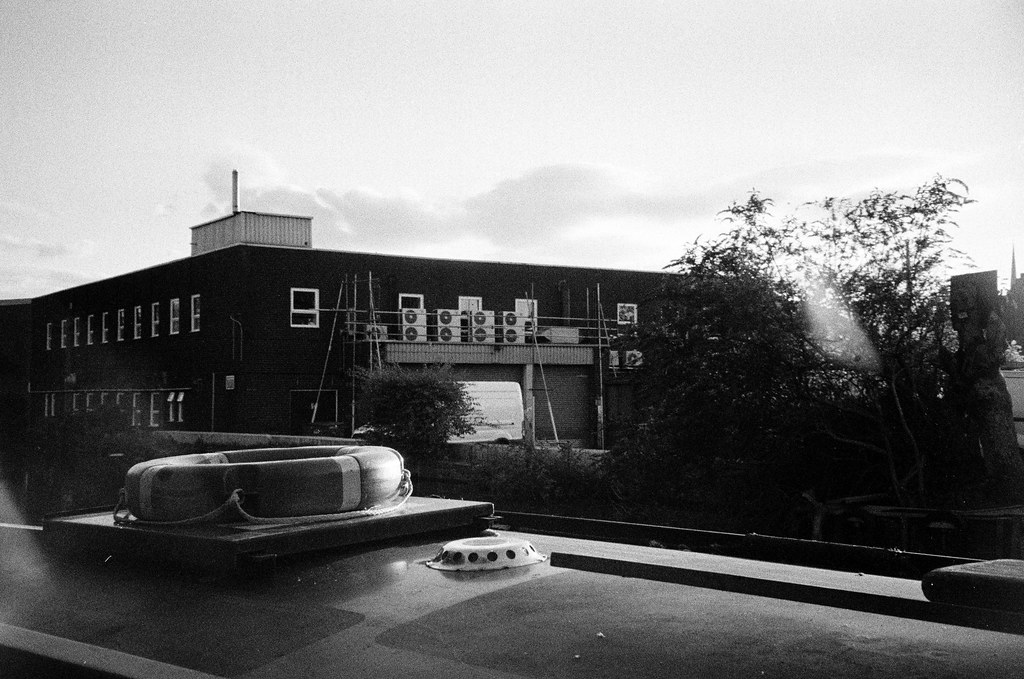
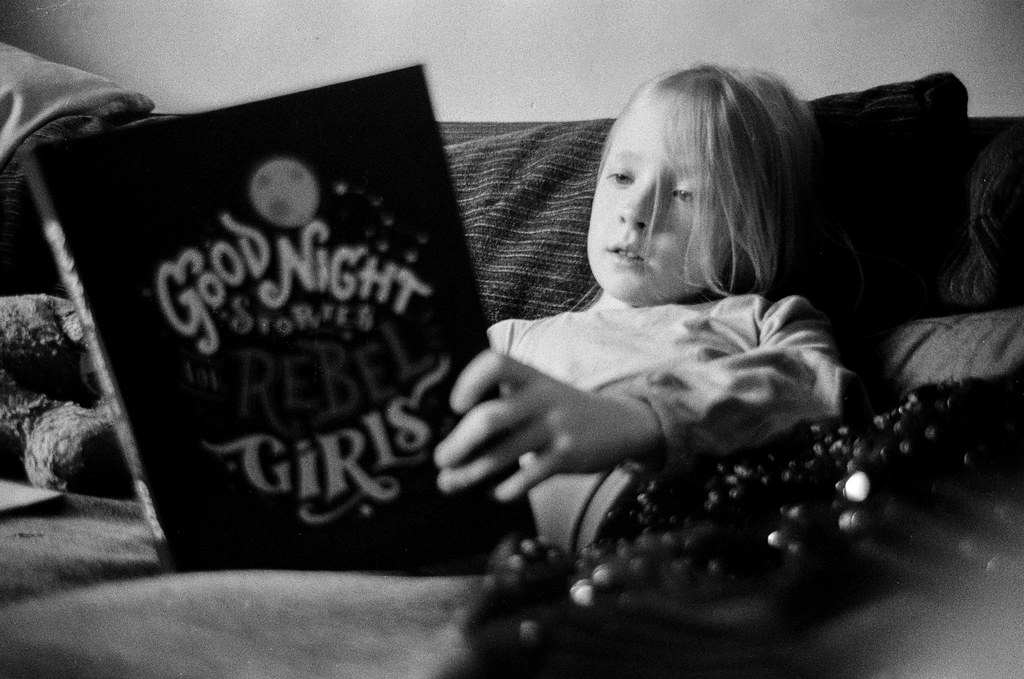
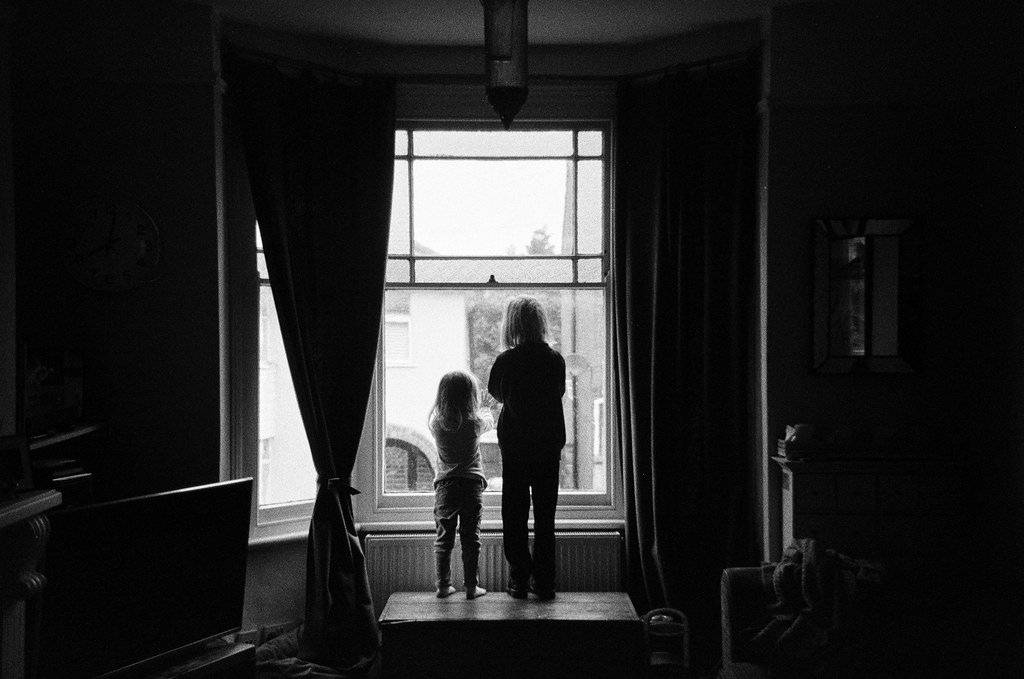
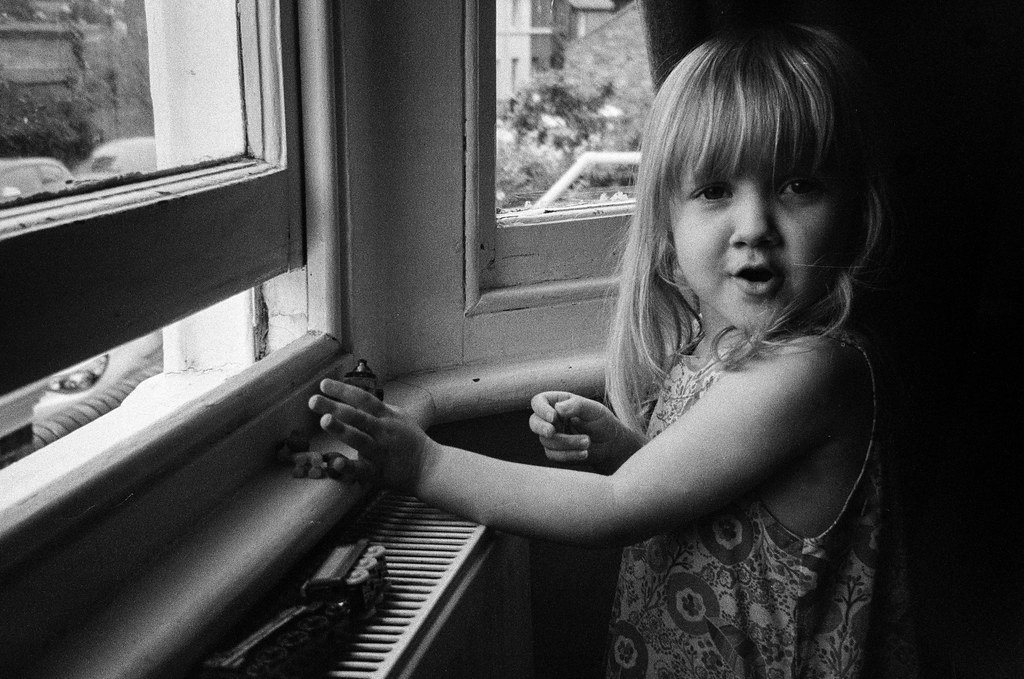
As far as I can gather, there were a few manufacturers that produced these sorts of lenses back in the day. If you find one – based on this experience – my advice would be to shoot without it and just crop. Or maybe buy a zoom-compact instead. Even very basic zoom cameras give better results than this…
That being said, I’d be lying if I said that didn’t enjoy shooting it, not least for all the comments it had for being the ugliest camera apparently everyone I know has ever seen. And, for all that they are really soft, I’m quite happy with the results too.
Share this post:
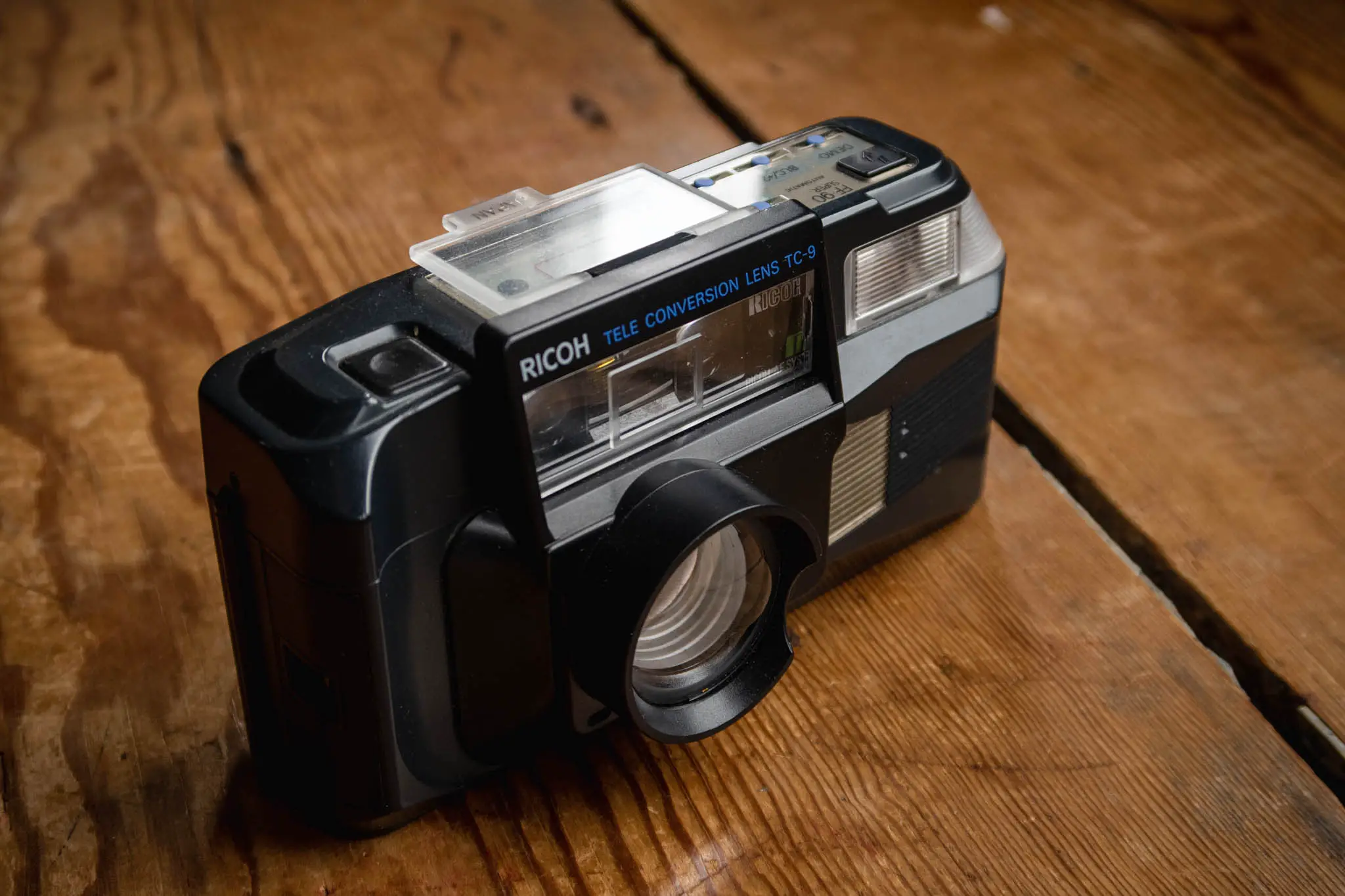








Comments
Lukaswalter on 5 Frames with a Ricoh FF90 Super and a TC-9 Teleconverter
Comment posted: 08/07/2019